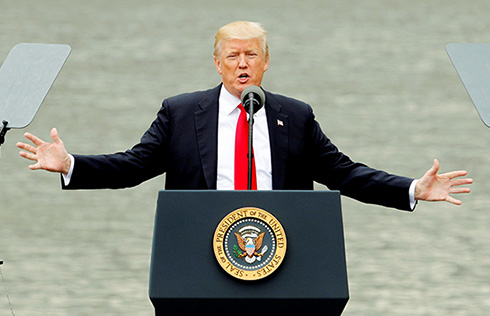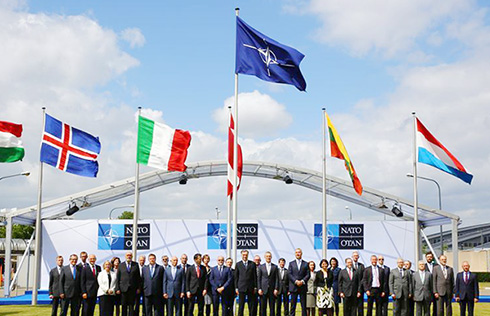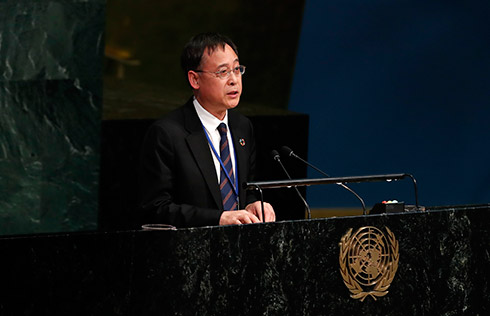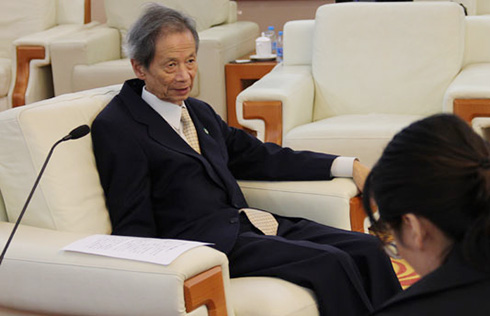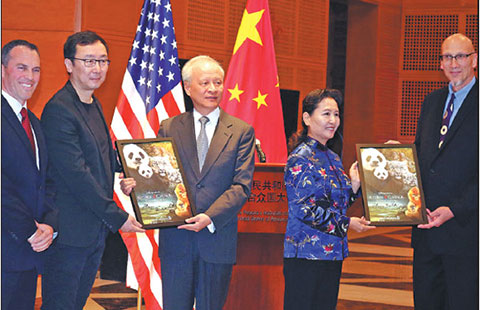China-Latin America ties aimed at mutual benefit
At the meeting with his Ecuadorian counterpart Rafael Correa in Quito on Thursday, President Xi Jinping reaffirmed that China's aid to the country has no strings attached. Xi's remark during his visit to Ecuador is well in line with the spirit of his third visit to Latin America since 2013.
Xi's Latin America itinerary also includes visits to Peru, where he attended the APEC Economic Leaders' Meeting during the weekend, and Chile.
His visit is expected to add more weight to China's promise to deepen relations with the three countries, as multiple agreements - from trade and investment to finance and nuclear power - have already been signed or will be signed during the rest of his three-nation tour. That China and Latin American countries have enjoyed high-level political, economic and cultural exchanges over the past decade or so speaks volumes of Beijing's commitment.
The two sides have also reached a number of strategic consensuses and have taken similar or the same stances on major international issues.
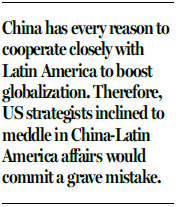
China's direct investment in Latin America reached $126.3 billion by last year. Its considerable demand for natural resources has helped the Latin American countries not only raise capital but also enhance their investment capabilities.
That, of course, is just one side of the story. On the one hand, Latin America, home to abundant natural resources, is willing to deepen its trade integration with China. On the other hand, there have been concerns about Beijing's "obsession" with Latin American resources, which some say will prolong the exporting countries' reliance on the primary sector and thus delay their industrial transformation.
Fearing that the constantly evolving China-Latin America relationship might affect its influence in the Western hemisphere, the United States is watching closely the course two-way trade and exchanges take. Some even argue Beijing's increasing presence in Latin America could pose a challenge to Washington's influence over the Panama Canal, a major channel for the flow of commodities in the region.
The truth is, none of these arguments holds water. The booming trade between China and Latin American countries is primarily driven by their complementary nature. China needs considerable natural resources to fuel its manufacturing engine and to sustain its economic growth. And since resource-rich Latin American countries hope to strengthen and expand their manufacturing capabilities, they are justifiably motivated to provide what they have in exchange for China's investment and manufacturing expertise.
There is no evidence of Beijing seeking to fill in the strategic "vacuum" left by Washington in Latin America either. China has a decent record of using the Panama Canal, and its so-called military interactions with Latin American countries are basically confined to defense personnel exchanges and training exercises. In other words, China has every reason to cooperate closely with Latin America to boost globalization. Therefore, US strategists inclined to meddle in China-Latin America affairs would commit a grave mistake.
To clear such misunderstandings, China should keep explaining to the US that its deepening interactions with Latin America is not targeted at any third party. The win-win cooperation between China and Latin American countries can also effectively reduce the number of illegal migrants and drug-traffickers entering the US by driving economic growth and creating more jobs, which has long been a problem for the US.
Besides, there is plenty of room for China-US cooperation to help expand the Latin American market, especially in the fields of infrastructure, energy and agriculture. China's efforts to help improve the lives and livelihoods of the people in Latin America deserve better than aimless finger-pointing.
The author is director of the Center for Latin American Studies, Shanghai University.






